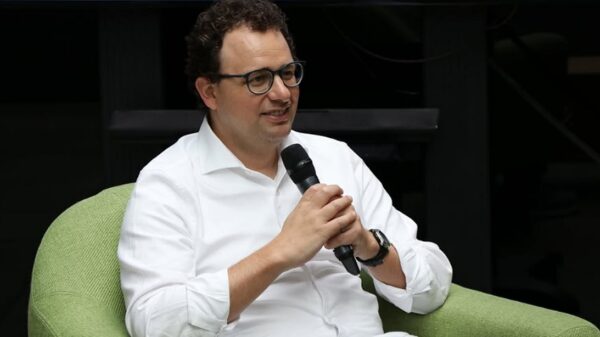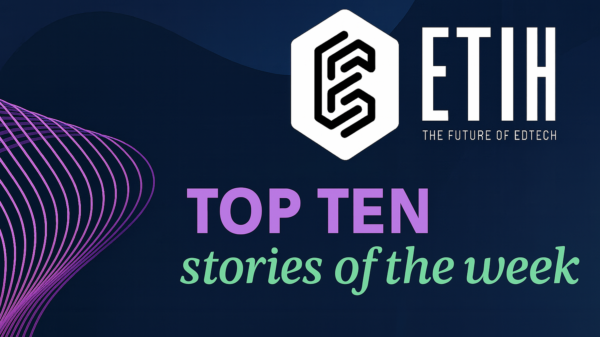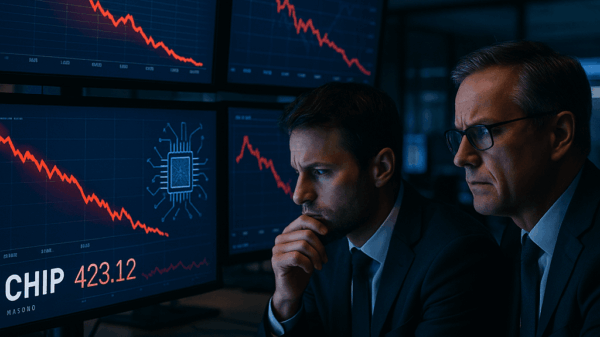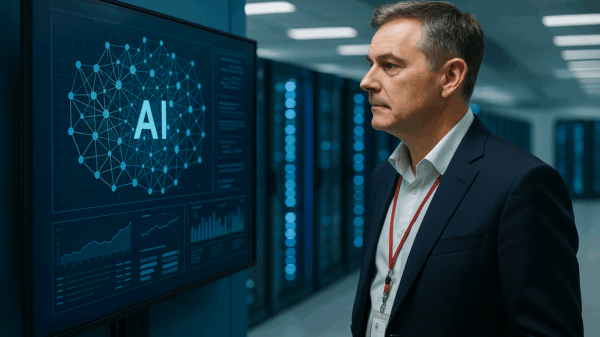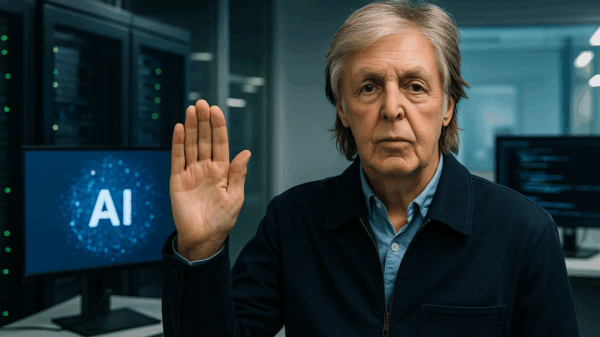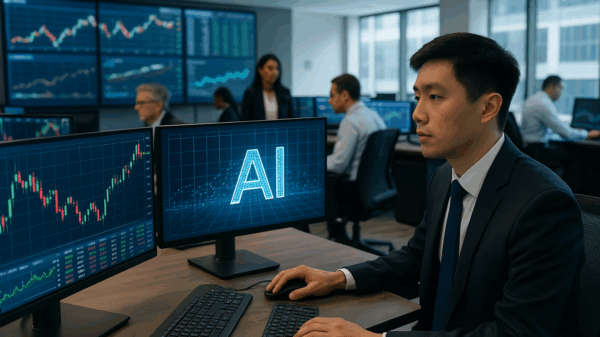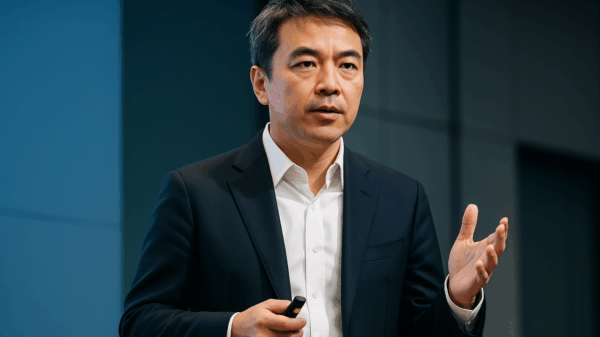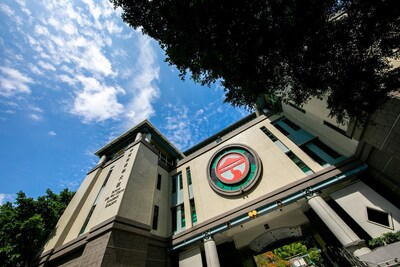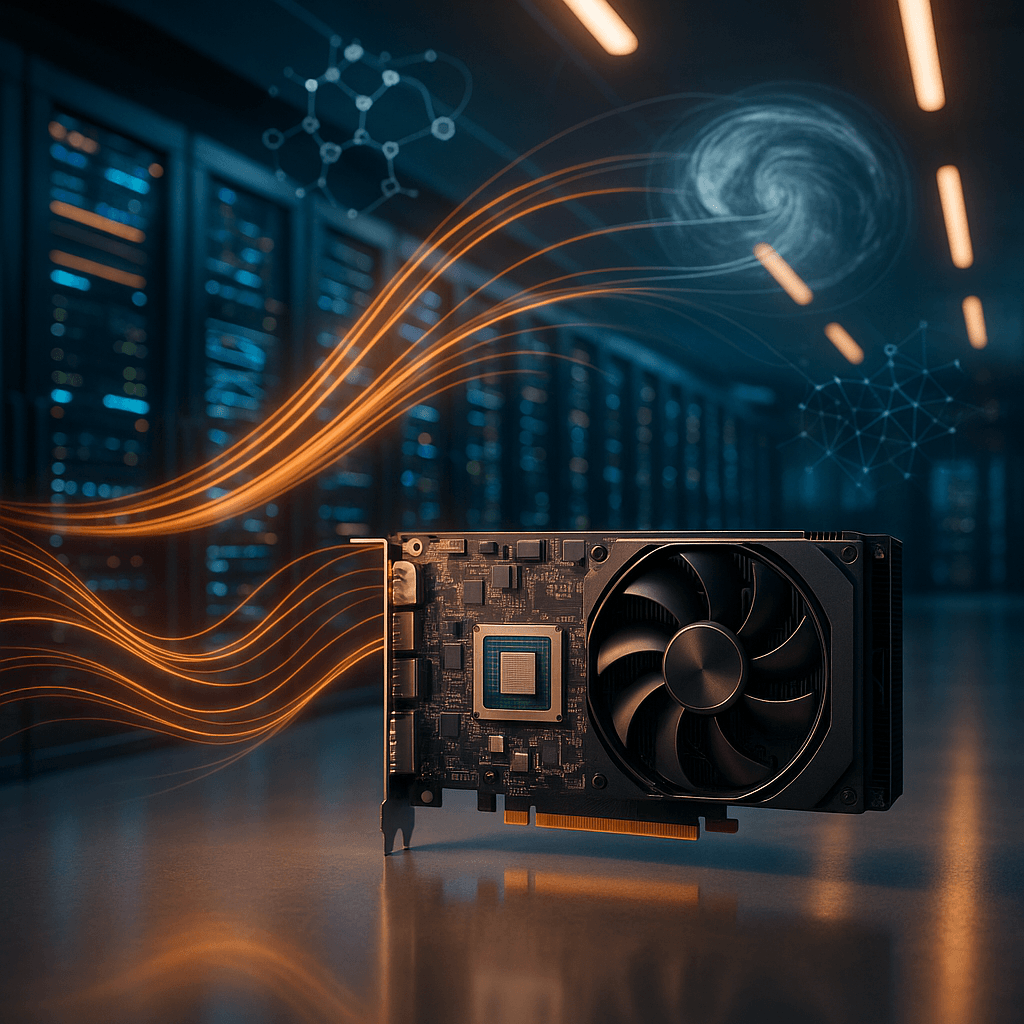Nvidia has recently highlighted a remarkable shift in the landscape of scientific computing, confirming what many in the tech world have suspected for some time. In just four years, the reliance on traditional CPUs in the world’s top supercomputers has dramatically decreased. In 2019, nearly 70% of these elite systems operated solely on CPUs, while today that figure has plummeted to below 15%. A staggering 80% of accelerated systems are now equipped with Nvidia GPUs, underscoring a significant transformation in computing architecture.
The implications of this shift are profound. According to Nvidia’s recent data, 388 systems—or 78% of the broader TOP500 supercomputer list—are now utilizing Nvidia technology. Among these, there are 218 GPU-accelerated systems, an increase of 34 from the previous year, and 362 systems interconnected by high-performance Nvidia networking.
One standout example of this transformation is the JUPITER supercomputer located at Germany’s Forschungszentrum Jülich. This powerhouse not only ranks as one of the most efficient supercomputers, achieving 63.3 gigaflops per watt, but it also boasts an impressive 116 AI exaflops performance, a significant rise from 92 AI exaflops displayed at the recent ISC High Performance conference. This leap in performance reflects a fundamental redesign in the approach to scientific computing.
Nvidia CEO Jensen Huang noted at the SC16 supercomputing conference that the advent of deep learning was akin to “Thor’s hammer falling from the sky,” offering unparalleled tools to tackle some of the most complex challenges facing the world. His foresight has proven accurate as AI capabilities now serve as a benchmark for evaluating scientific systems.
See also Brands Double AI Adoption, Explore Generative Tools and GEO Strategies at AI Commerce Town Hall
Brands Double AI Adoption, Explore Generative Tools and GEO Strategies at AI Commerce Town HallThis transformation has not been merely a result of marketing initiatives; it has been driven by relentless mathematical realities. As researchers aim for exascale computing within strict power budgets, GPUs have emerged as the clear choice, delivering significantly more operations per watt than traditional CPUs. Thus, the transition to GPU-accelerated computing became inevitable, even before AI entered the limelight.
The groundwork for this revolution was laid more than a decade ago. The Titan supercomputer at Oak Ridge National Laboratory, launched in 2012, was among the first major U.S. systems to leverage a combination of CPUs and GPUs at scale. This innovative approach demonstrated that hierarchical parallelism could unlock substantial application advancements. Meanwhile, Europe’s Piz Daint set new efficiency benchmarks in 2013 and proved its value with real-world applications like COSMO weather forecasting.
By 2017, the pivotal moment for this shift had become unmistakable. The Summit supercomputer at Oak Ridge and Sierra at Lawrence Livermore set a new standard for leadership-class systems, where acceleration became the primary focus. These machines didn’t merely increase processing speed; they fundamentally altered the types of questions scientists could pursue in fields such as climate modeling, genomics, and materials research.
The efficiency gains from this shift are remarkable. According to the Green500 list of the most efficient supercomputing systems, the top eight are powered by Nvidia, with Nvidia Quantum InfiniBand facilitating connections for seven of the top ten systems. The real breakthrough occurred when AI capabilities intertwined with traditional scientific simulations, marking a new era for computational science.
As the landscape of scientific computing continues to evolve, the significance of Nvidia’s technological advancements cannot be overstated. The shift toward GPU-accelerated systems not only enhances performance but also aligns with the stringent power requirements that modern research demands. This ongoing revolution suggests a future where AI and high-performance computing are deeply entwined, paving the path for new scientific discoveries.


